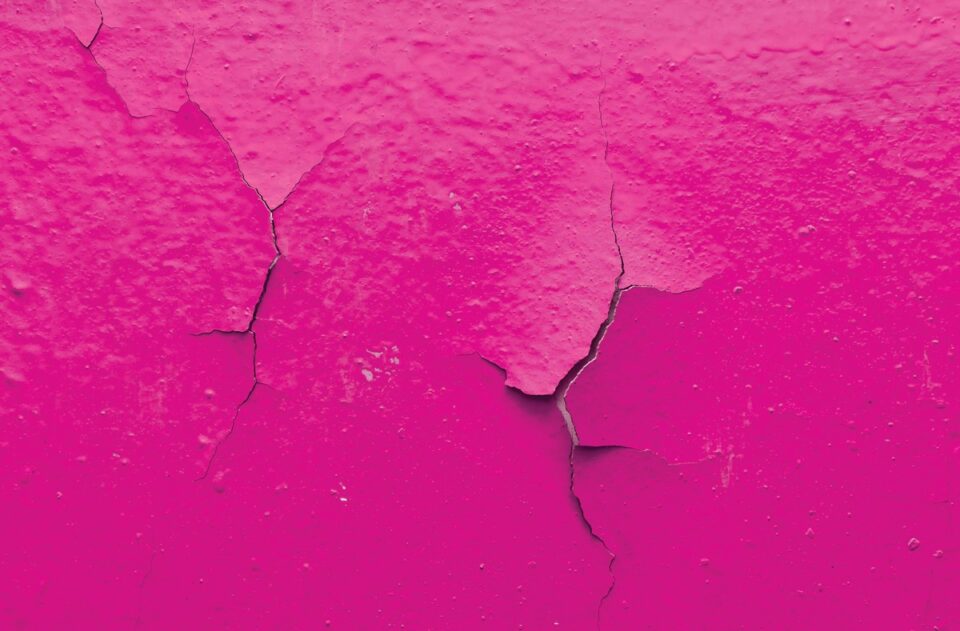FAIR WEAR AND TEAR


The House of Lords defines ‘fair wear and tear’ as the “reasonable use of the premises by the tenant and the ordinary operation of natural forces”. Yet due to its ambiguous nature, ‘fair wear and tear’ still remains a much debated subject for landlords and property managers.
At EZ Property Reports, our clerks deal with fair wear and tear every day. We’re here to shed some light on this ‘grey area’ of property management to enable a smoother check out process for all our property managers.
Factors to consider
Type of tenants
If young children reside in the property, greater wear and tear is to be expected from where the children have been learning and exploring their surroundings. This should not be punished, as the landlord authorised children in the property and should have predicted the wear and tear that comes with this.
If pets are allowed in the property, expectations of fair wear and tear should be altered too.
Students or residents in a HMO property would also produce more wear and tear than, for example, a professional couple. In these cases, the shared areas will often see more damage than the individual bedrooms as this is where the occupants congregate.
COVID-19
It is perhaps worth considering that due to the COVID-19 pandemic, many residents will have spent more time in the home than they would have if they were still going to work every day. The added stress to the carpets, furniture and cooking facilities could not be avoided and therefore should not be charged for.
Duration of Tenancy
This might be fairly obvious, but it is important to judge the wear and tear of the property against the amount of years the tenants have lived there. Fair wear and tear over five years can look very different to fair wear and tear over two years!
The condition of the property at the beginning of the tenancy
The overall condition of the furniture, appliances, walls and carpets at the beginning of the tenancy should always be taken into account before making charges to the tenants. This is where check in reports become essential to avoiding disputes. The high quality photos that EZ Property Reports offer will clearly depict the condition of the property before the tenancy, allowing landlords to ascertain whether the damage found on checkout is the result of a natural deterioration of the original condition, and therefore falls under fair wear and tear, or the result of severe neglect or destruction, in which case charges can be made.
Assessing fair wear and tear
On average, decorations, appliances, and furniture in a rental property should have a useful lifespan of five years from new. This varies with the quality of the item. With this in mind, fair wear and tear becomes easier to categorise.
For example, an average oven fitted in a rental property might have an expected lifespan of five years. This means that from new, the appliance should last throughout a two year tenancy and three years beyond that.
If the oven has depreciated in quality by the time the tenants have checked out, but still reasonably has three years left in it, this constitutes fair wear and tear and the tenants cannot be charged. Similarly, if the oven has to be replaced beyond its five year lifespan, this could also fall under fair wear and tear and not be the responsibility of the tenants (subject to circumstances).
However, if the oven has been damaged so that it has to be replaced after just two years, you can charge the tenants up to 60% for the damages, as they have cut the lifespan of the oven by 60%.
Please see below the approximate life spans of general household items.
- Decoration
Hall, landing, stairs: 2 to 3 years
Living rooms: approximately 4 years
Dining rooms: approximately 6 years
Kitchen and bathrooms: between 2-3 years
Bedrooms: approximately 5 years
This is based on an average sized property with average usage. The lifespan of decoration may be shorter in a smaller property. For example, a narrow hallway might see more wear and tear from when residents will scuff the walls with their bags, or a smaller living room might wear quicker if residents have to squeeze between the sofa and wall to draw the curtains. - Carpets
Budget quality: between 3-5 years
Medium quality: between 5-10 years
Top quality: up to 20 years
It is important to consider the footfall where the carpet has been fitted. A medium quality may be appropriate for a bedroom, but in a hallway which sees high footfall, it might wear quicker and therefore be considered as a budget carpet due to its unsuitability for the particular room it has been fitted in. - Appliances
Washing machines: between 3-5 years
Cookers/Ovens/Hobs: between 4-6 years
Fridges: between 5-8 years
Avoiding betterment
When rectifying tenant damages, it is important that you avoid betterment. Betterment is when you improve the value of your property, and it is unlawful to do so off of the back of tenant damages and using the tenant’s deposit.
A good example is a stain on a carpet caused by a tenant. The stain can be removed, but you decide you would like to replace the whole carpet to increase the value of the property. You cannot charge your tenant the entire cost of the carpet as this is betterment and is unfair. But you can apportion the cost of it to them. For example, if the cost of a new carpet is £500 but the cleaning cost for the stain is only £50, you can only charge the tenant £50 and pay the remaining £450 yourself.
Before you take any deposit deductions from a tenant, you must consider fair wear and tear and whether the damages require repairing or replacement. EZ Property Reports categorise the damages for you, clearly displaying what we believe to be fair wear and tear. Our check in, check out and inventory reports are designed to give you and your clients piece of mind and make for a smoother process.
Call us on 0118 907 8255 to find out more about how our inventory reports tackle fair wear and tear.

